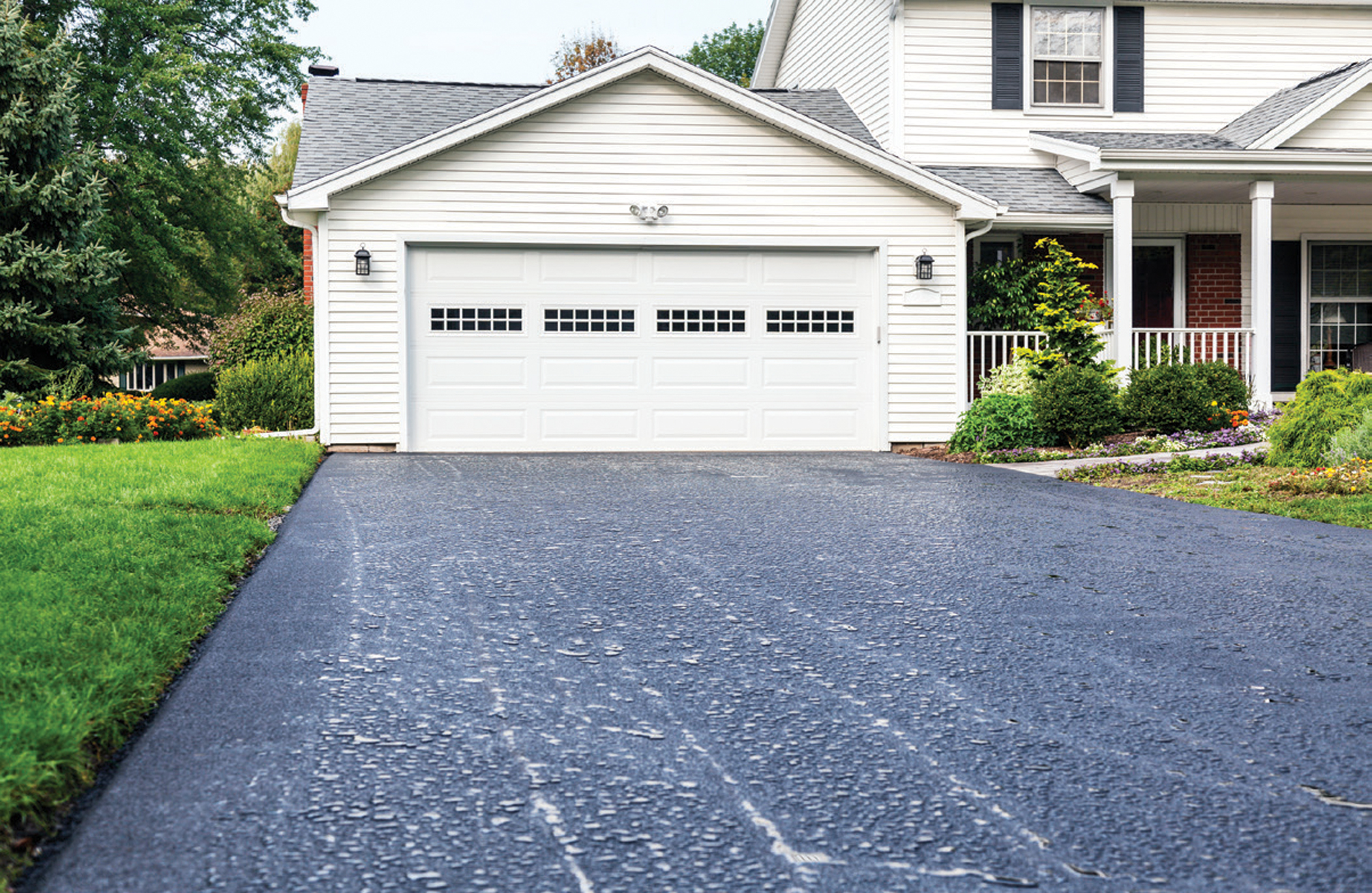Discover the Power of Commercial Parking Lot Paving and Asphalt Sealing
Discover the Power of Commercial Parking Lot Paving and Asphalt Sealing
Blog Article
Hot Mix Asphalt: A Lasting Service for Sidewalk
Warm Mix Asphalt (HMA) has become a leading lasting selection for sidewalk services, using a myriad of ecological advantages and ingenious innovations. Its capacity to minimize and reuse materials energy usage presents an engaging case for its adoption in road construction projects. The long-lasting performance and durability of HMA make it a recommended option for infrastructure development. As the need for green building practices grows, checking out the subtleties of HMA's sustainability can supply beneficial insights into the future of sidewalk remedies.
Ecological Benefits of Hot Mix Asphalt

In Addition, Hot Mix Asphalt aids to alleviate urban warmth island effects. Its dark shade soaks up sunlight, decreasing the amount of warm mirrored back right into the atmosphere contrasted to lighter-colored sidewalks. This can reduce ambient temperature levels in urban locations, decreasing the demand for cooling and inevitably decreasing energy consumption.
Furthermore, Warm Mix Asphalt adds to boosted stormwater management. Its porous nature permits water to charge and infiltrate the sidewalk groundwater products, reducing drainage and the risk of flooding. These environmental benefits make Hot Mix Asphalt a lasting choice for leading roadways and highways.
Energy Efficiency in HMA Production
Is power efficiency a critical factor in the production of Hot Mix Asphalt (HMA)? Energy plays a substantial function in the production of HMA, influencing both expense and environmental sustainability. One vital element of power efficiency in HMA manufacturing is the use of cozy mix asphalt (WMA) modern technologies.
Moreover, advancements in plant modern technologies have actually led to more energy-efficient HMA manufacturing processes. By enhancing energy usage in HMA manufacturing, the industry can minimize its carbon impact while maintaining high-quality sidewalk products.
Recyclability of Hot Mix Asphalt
The recyclability of Hot Mix Asphalt (HMA) is an essential element of its sustainability and lasting environmental impact. HMA is just one of the most recycled materials in the United States, with over 100 million lots of recovered asphalt sidewalk (RAP) being reused annually in new sidewalk construction. Reusing HMA provides several ecological benefits, such as decreasing the need for virgin materials, decreasing power intake throughout production, and reducing the amount of waste sent to landfills.
The procedure of recycling HMA entails crushing the existing sidewalk, crushing it into smaller sized pieces, and blending it with brand-new accumulation and asphalt binder to develop a recycled mix. In general, the recyclability of HMA plays a substantial role in promoting sustainable practices within the pavement sector.

Long-Term Performance of HMA
Asphalt sidewalks demonstrate toughness and resilience over a prolonged period, reflecting the lasting efficiency of Hot Mix Asphalt (HMA) In addition, innovations in HMA technology, such as the usage of polymer-modified binders and warm mix asphalt, have additionally improved the resilience and longevity of HMA pavements. By focusing on quality construction and maintenance techniques, HMA proceeds to confirm itself as a lasting and affordable remedy for durable sidewalk facilities.

HMA: Sturdiness and Sustainability
Demonstrating both sturdiness and sustainability, Warm Mix Asphalt (HMA) has become a keystone in the building and construction of durable sidewalk facilities - regrading. HMA's longevity stems from its capability to hold up against hefty Continue lots, extreme additional info weather, and high traffic volumes, making it a reliable option for highways, highways, and flight terminal paths. The make-up of HMA, which typically includes aggregates, binder, and filler, plays a vital function in improving its long life and resistance to wear and tear
Additionally, HMA's sustainability hinges on its recyclability and energy-efficient production procedure. The ability to recycle reclaimed asphalt sidewalk (RAP) in new HMA blends reduces the demand for virgin products and reduces the environmental impact of sidewalk building and construction and maintenance. Additionally, the energy effectiveness of creating HMA depends on its reduced mixing temperatures contrasted to various other pavement products, leading to lowered power usage and greenhouse gas exhausts.
Verdict
In conclusion, warm mix asphalt (HMA) offers a sustainable option for sidewalk with its eco friendly qualities. HMA's recyclability, power effectiveness in manufacturing, and long-term longevity make it an eco-friendly choice for road building.
HMA is one of the most recycled materials in the United States, with over 100 million heaps of recovered asphalt pavement (RAP) being recycled every year in brand-new sidewalk construction.The process of recycling HMA entails crushing the existing pavement, crushing it into smaller sized items, and blending it with new accumulation and asphalt binder to create a recycled mix.Asphalt pavements demonstrate resilience and resilience over an extensive period, reflecting the this page long-term efficiency of Hot Mix Asphalt (HMA) Additionally, advancements in HMA innovation, such as the use of polymer-modified binders and warm mix asphalt, have actually better enhanced the durability and durability of HMA sidewalks. The capability to recycle reclaimed asphalt pavement (RAP) in brand-new HMA combinations reduces the demand for virgin products and lessens the ecological influence of sidewalk building and construction and maintenance.
Report this page